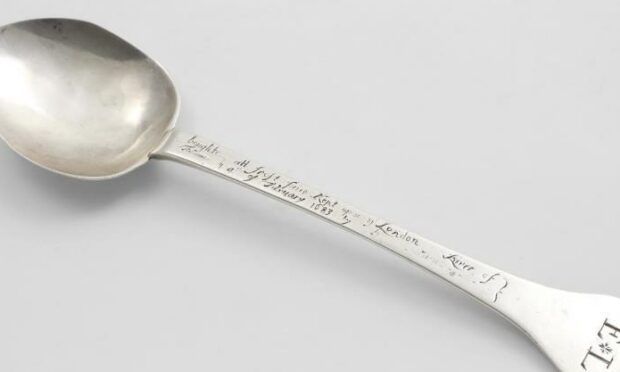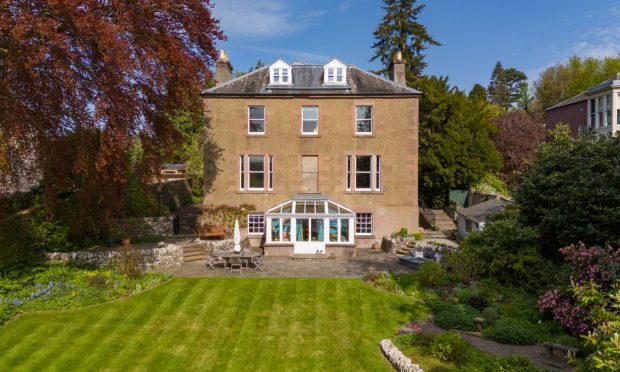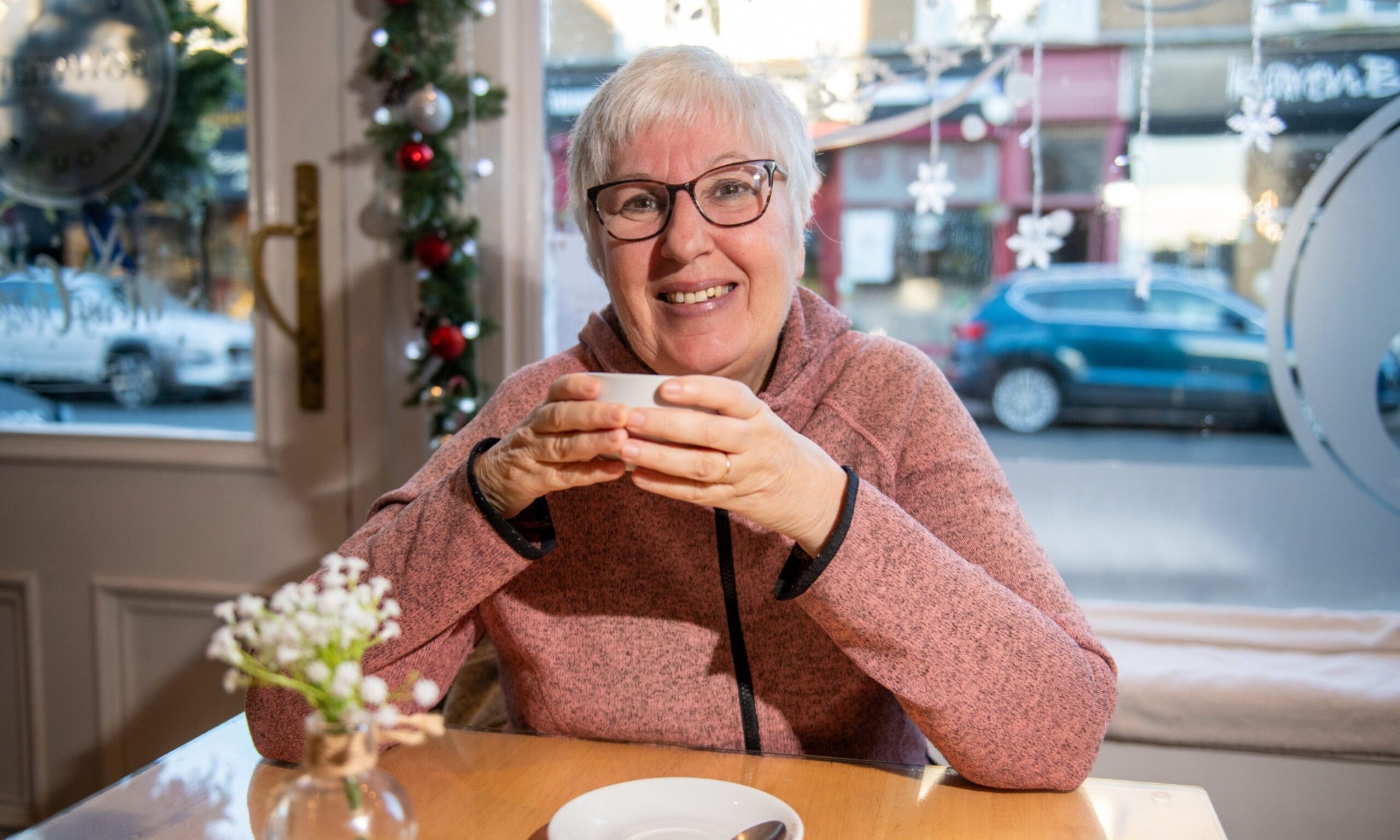With the mild start to the year – more frost in England than Scotland in January, for example – it’s difficult to imagine the Tay freezing over, as it famously did in 1895.
That year Perth folk played cricket and roasted an ox on the Tay adjacent to the North Inch.
Londoners put on an even bigger show when the Thames froze by setting up booths on the river for the sale of fruit, food, beer and wine, while shoemakers and barbers plied their trade on the ice.
A fairground on the ice
Fires were kept going in many of the tents or booths and people enjoyed all sorts of sports, such as bowling, shooting and dancing.
It is recorded that eight so-called ‘frost fairs’ were held on the Thames, the first in the winter of 1607/08, and a rare ‘frost fair’ souvenir appeared recently at Lawrences of Crewkerne.
This was a Charles II trefid spoon with its stem inscribed along its length, “boughte att frost faire kept upon y’ London River of Thames y’ 4th February.”
Although by an unknown maker the spoon was dated by its marks to 1683.
Laid out like a city
That year the ice was thick and firm and the number of shops, booths and people on the frozen river made it appear like an icy city.
The booths, which sold all sorts of goods, were arranged in formal streets from the Temple to Southwark, and people indulged in dancing, skating, sledging, bear-bating, football and skittles.
The spoon appeared at a silver sale at Lawrences on January 18 with an estimate £1700-£2000.
That wasn’t sufficient for this rare survivor, though, and it was knocked down for £5500.










